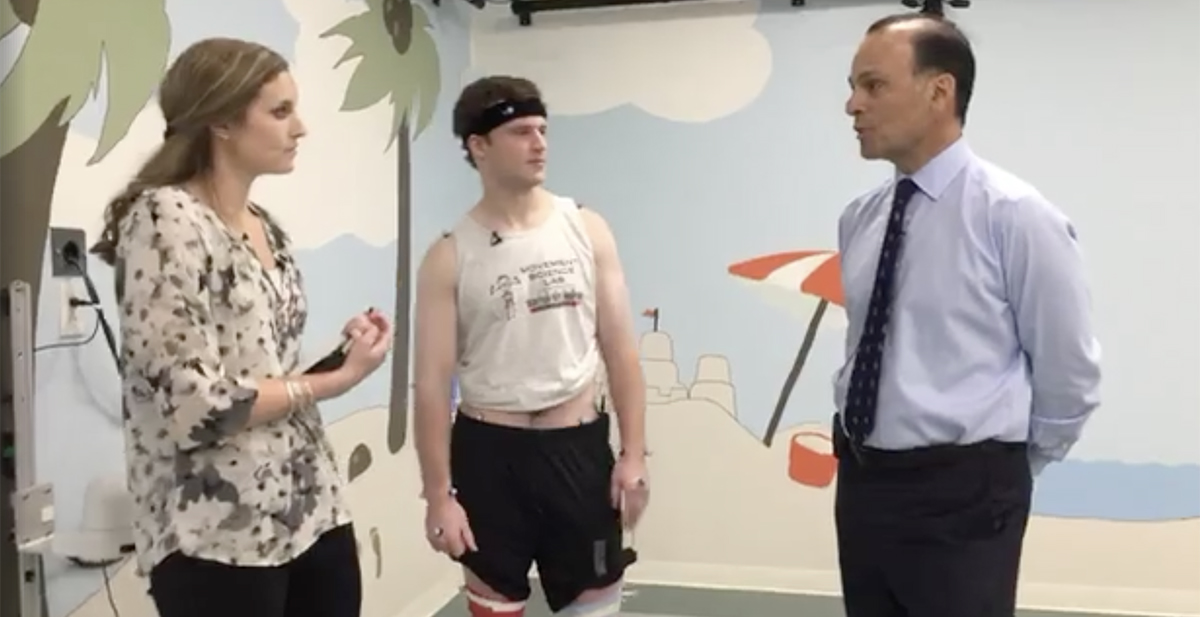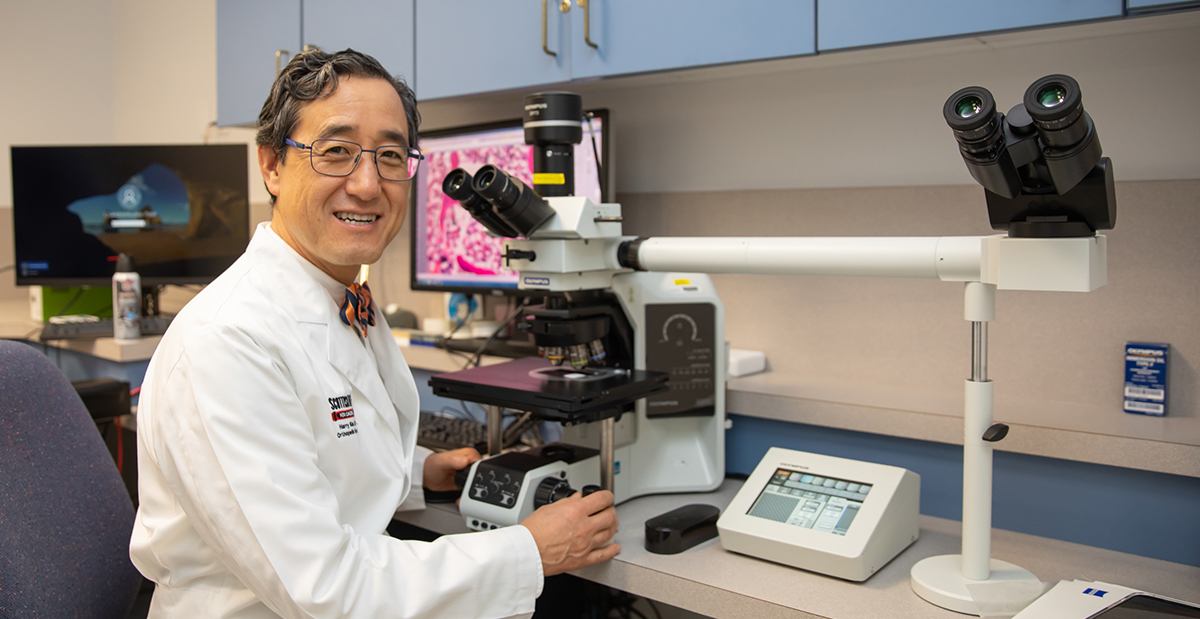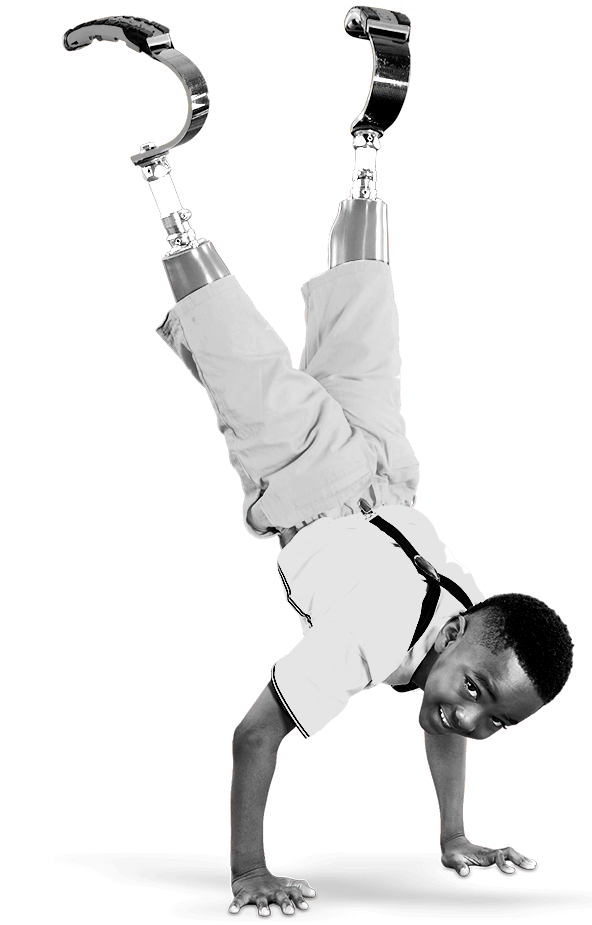
Dec 20, 2017 / Hip Disorders
#SRHaccess Facebook LIVE Recap: Adolescent Hip Conditions
On this week’s Facebook live, Chief of Staff Daniel J. Sucato, M.D., M.S. and our former patient, Case, joined us to discuss Case’s hip condition. Below is a recap of the conversation.
Case Brabham - former patient
Case Brabham - former patient
- Presented with hip pain to the hospital at 15 years old.
- As a high school athlete who was complaining about consistent hip pain, his parents researched hip specialists in the Dallas area and his pediatrician referred him to Scottish Rite Hospital.
- His initial clinic visit included a physical exam and MRI. Case was diagnosed with mild hip dysplasia. This meant that his hip socket was not in the right place, which caused joint pressure and pain.
- The cause of hip dysplasia is unknown, but there are various factors that put children at a higher risk:
- First born
- Female
- Born breech
- Family history of hip dysplasia
- Treating the whole child – mind, body and spirit to determine the best treatment plan for each child.
- Orthopedic team
- Psychology team: to better understand his chronic pain and how to handle that as an adolescent.
- Movement Science Lab: to study the patient’s function, movement and range of motion. The data collected from the lab allows our doctors and researchers to see a more in-depth view of the patient to better understand his or her condition.
- Research allows our specialists to always be learning to provide the best possible care to our patients.
- Many of the research projects are long-term follow-up studies. This type of research follows the patient into adulthood to evaluate the effectiveness of their treatment and helps our doctors determine how they can improve care.



